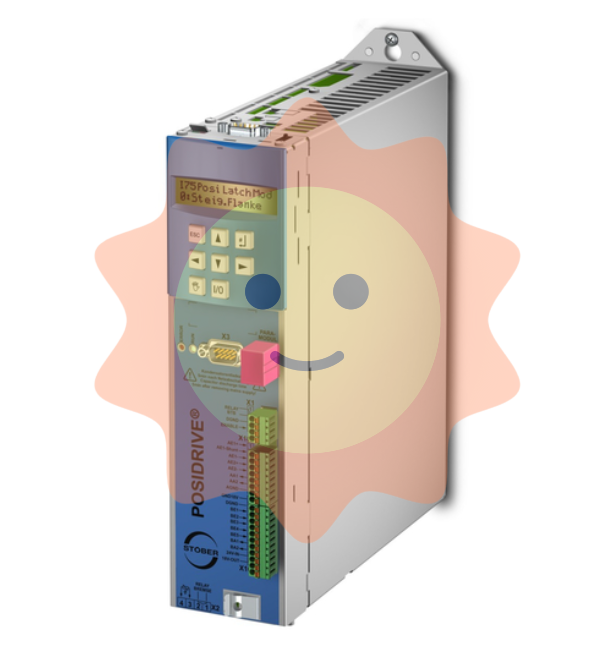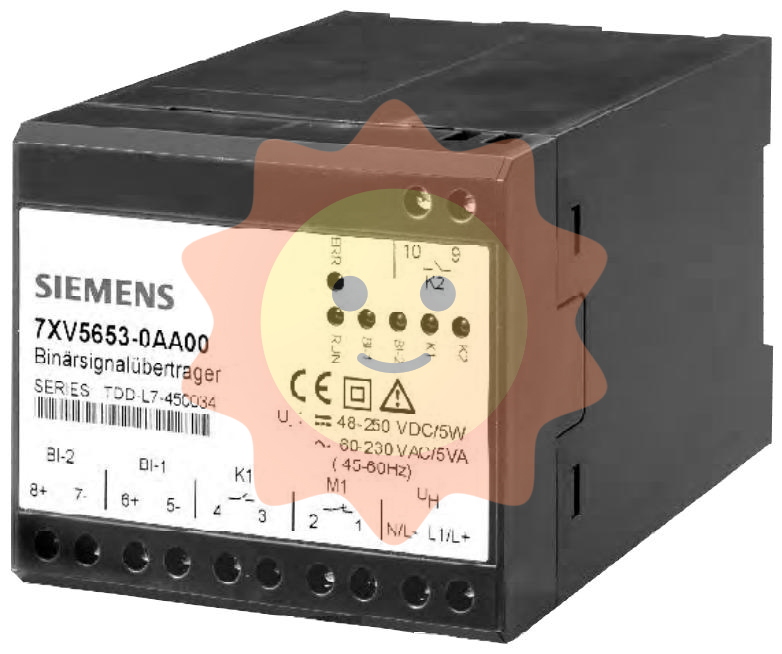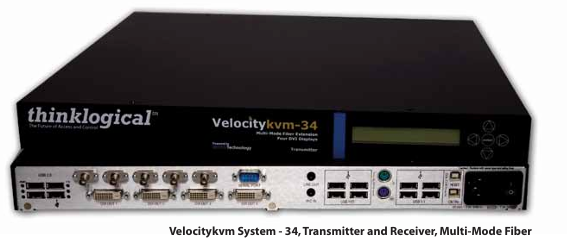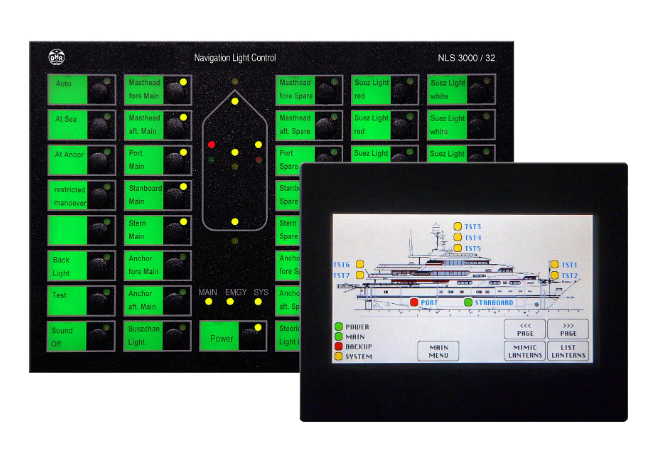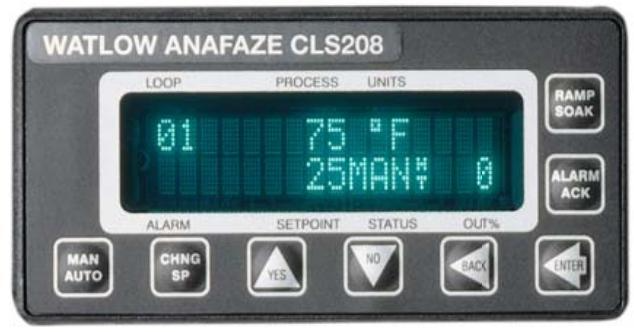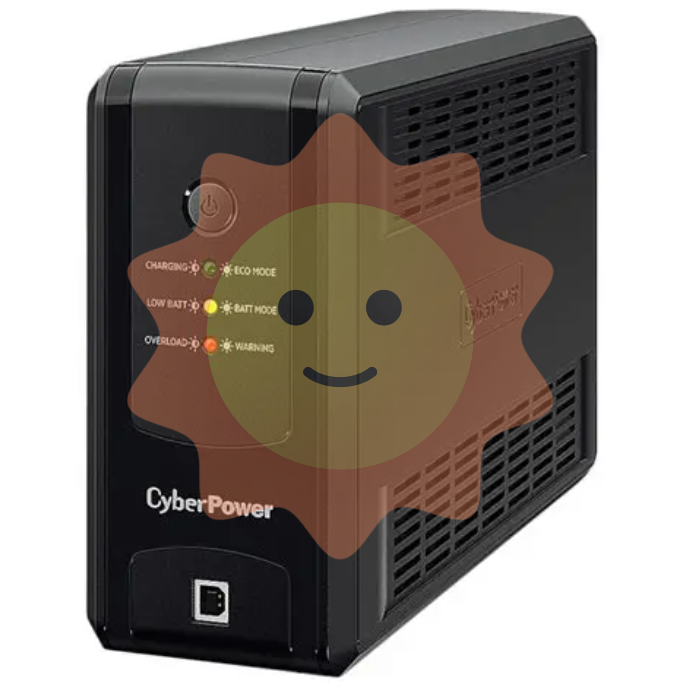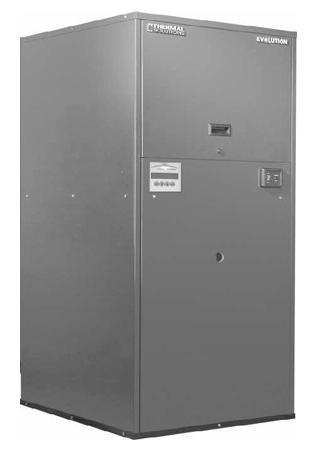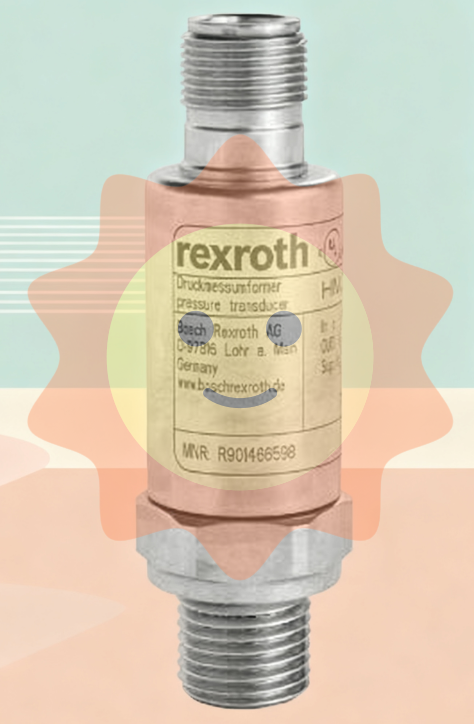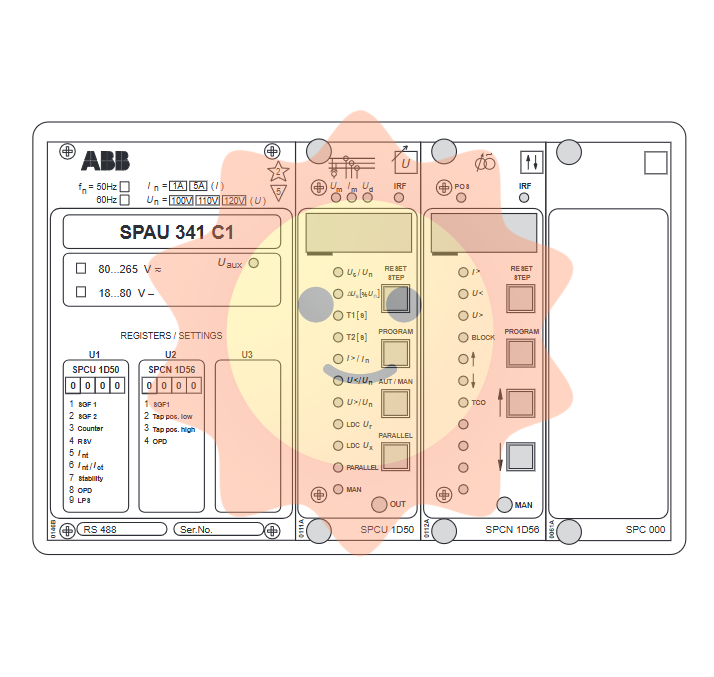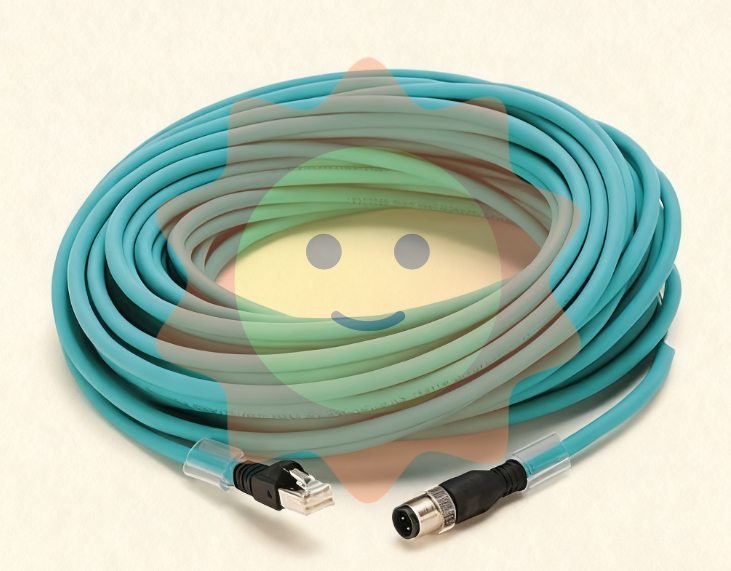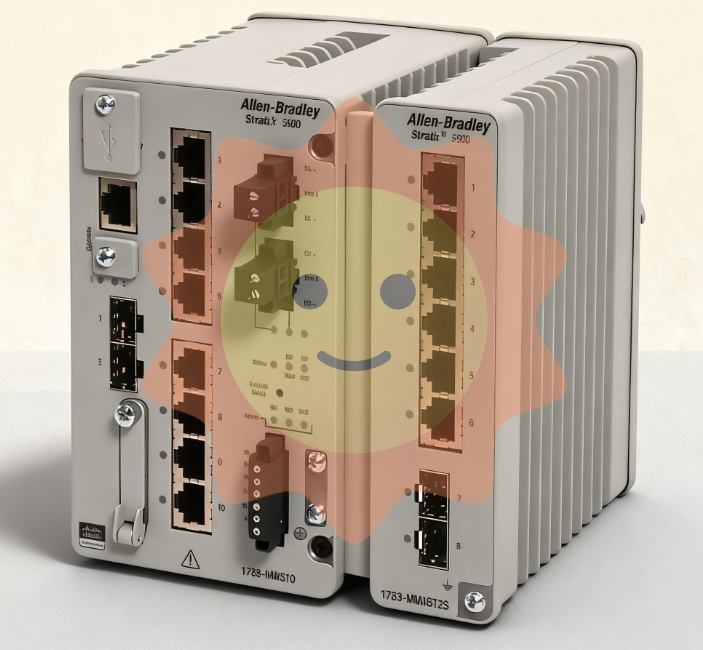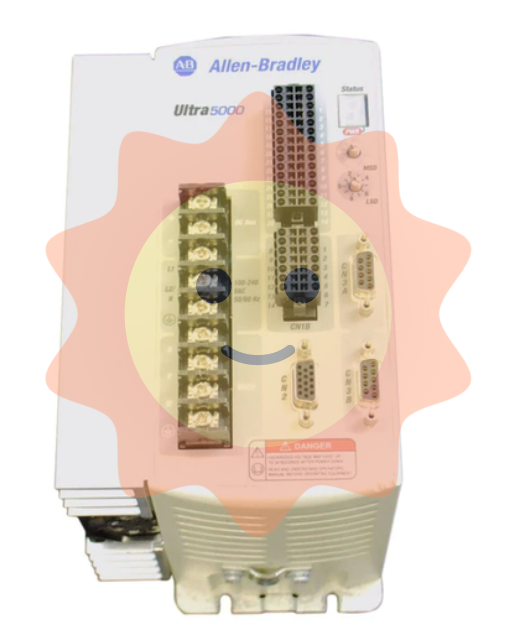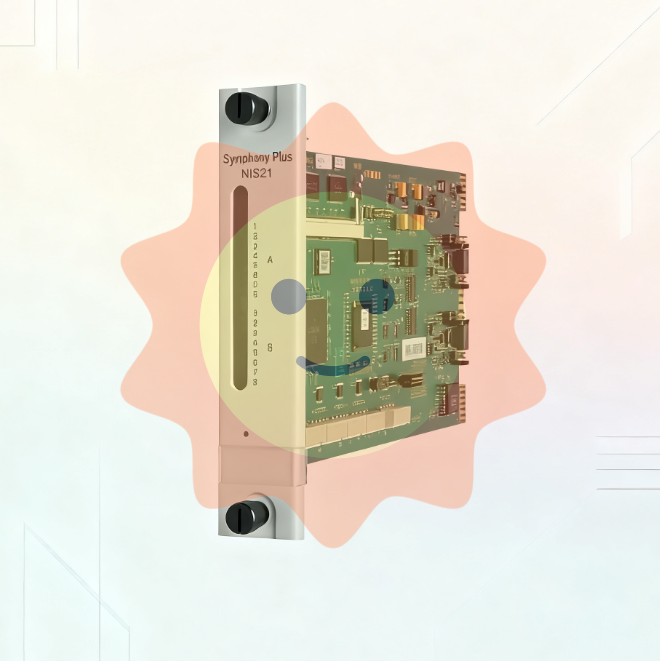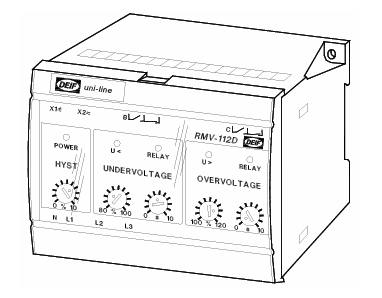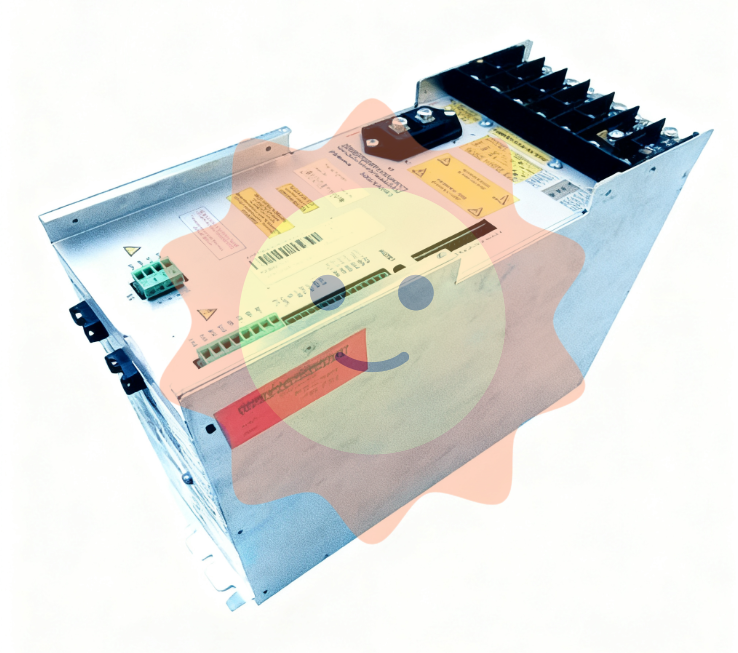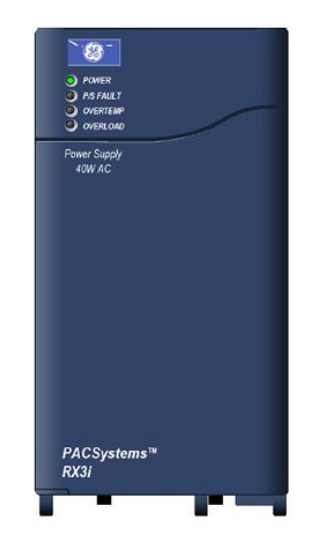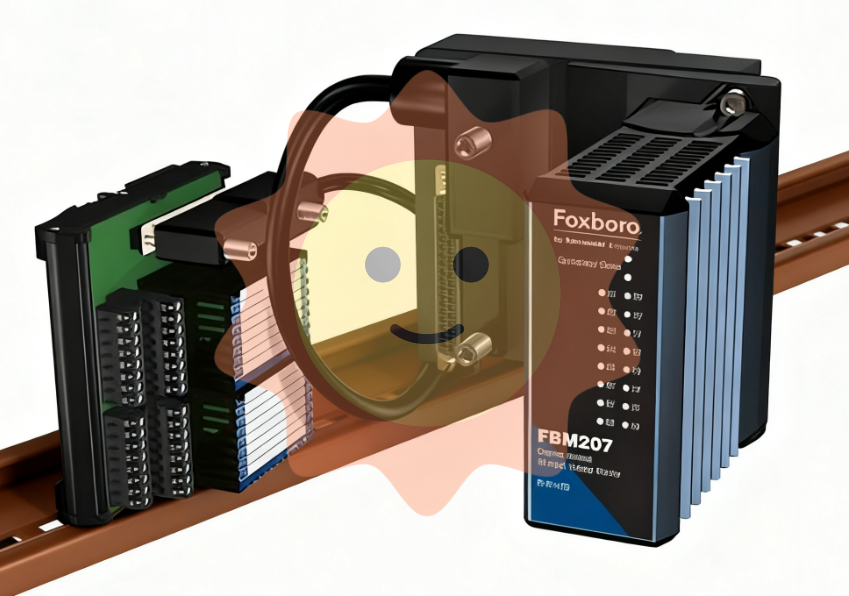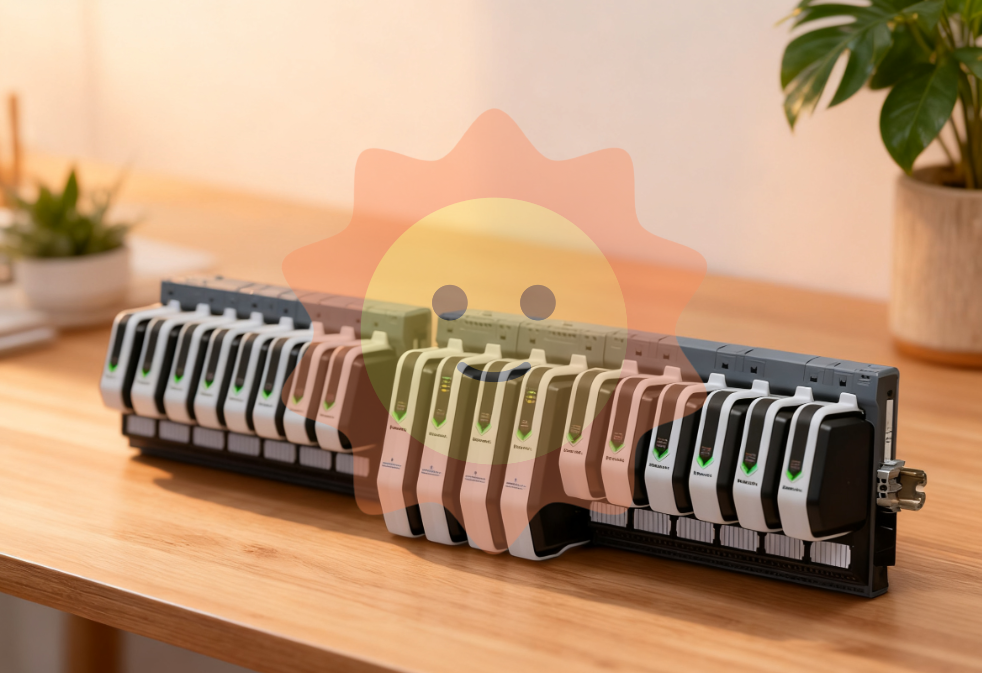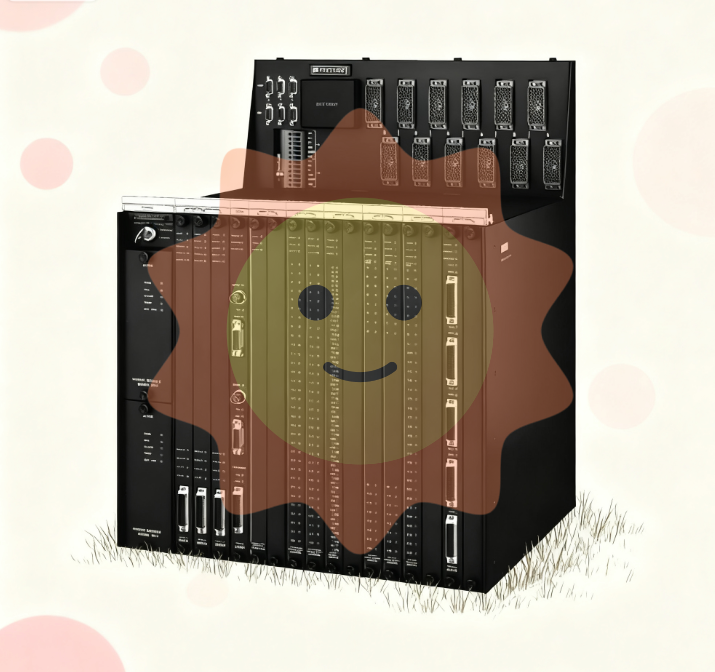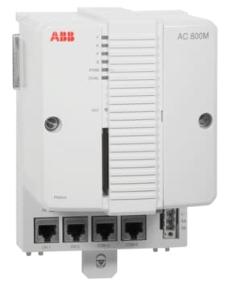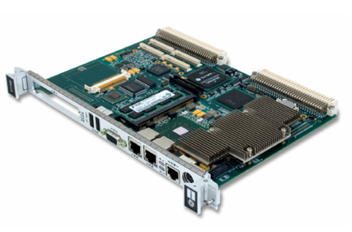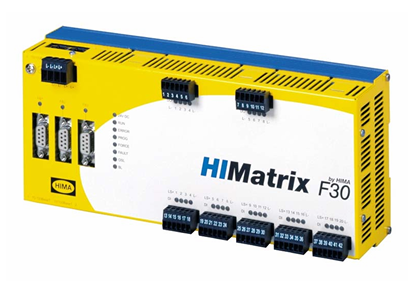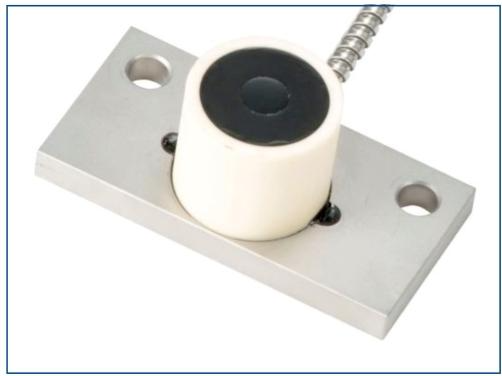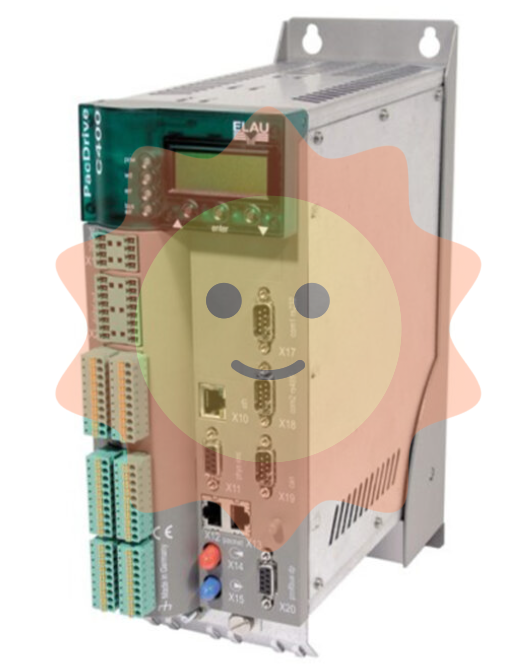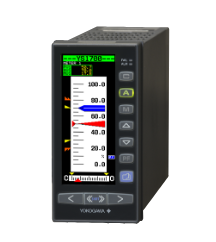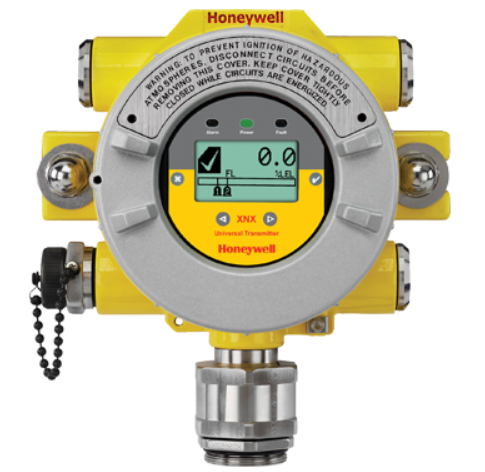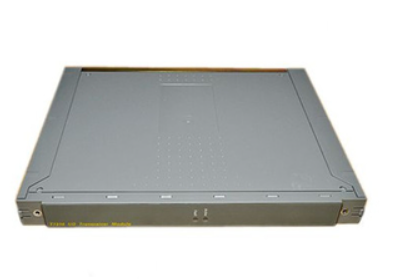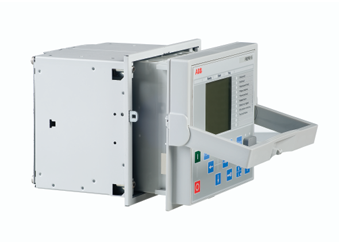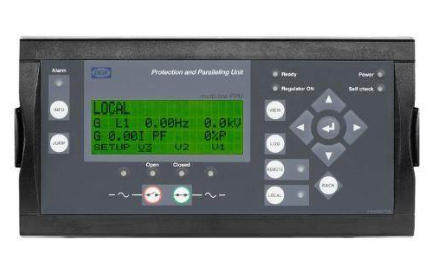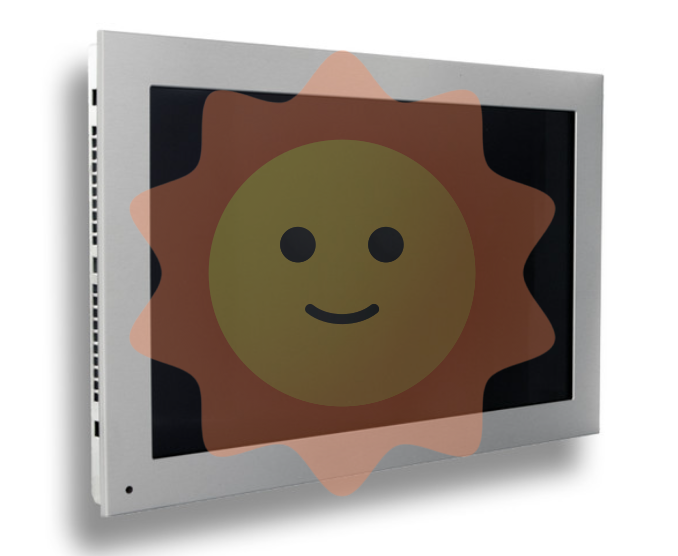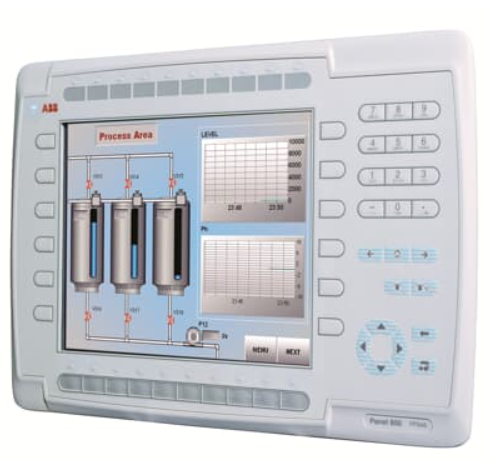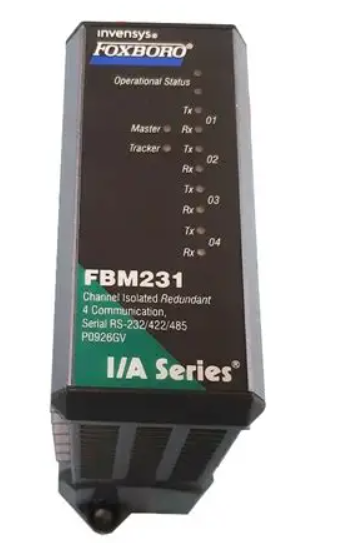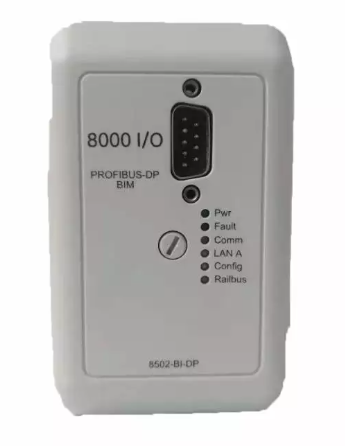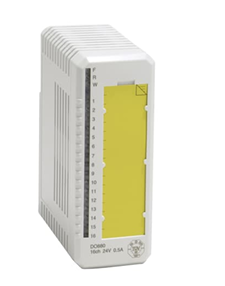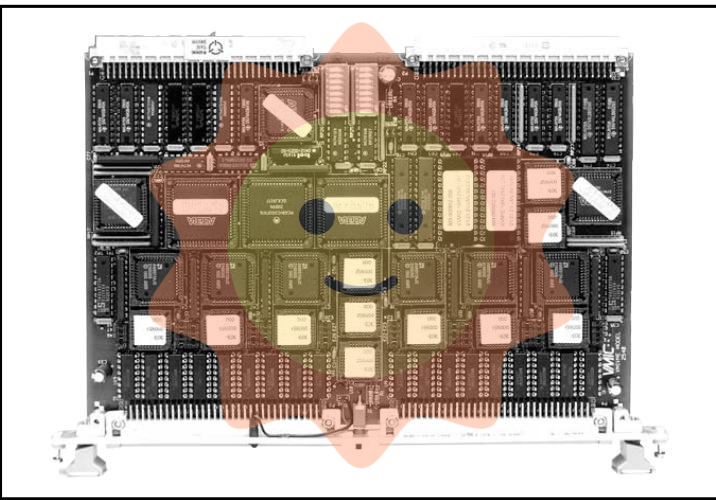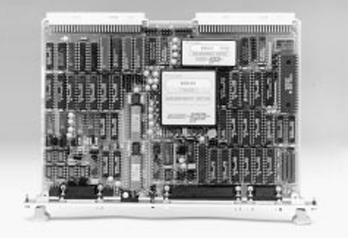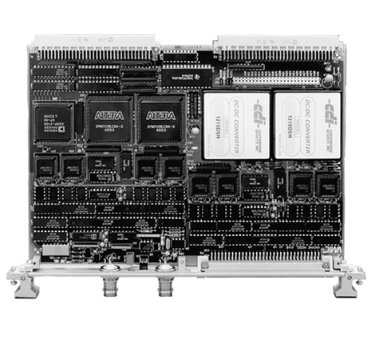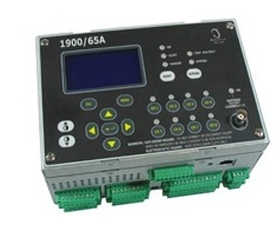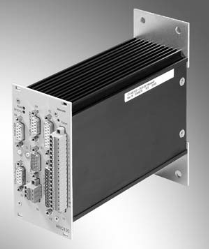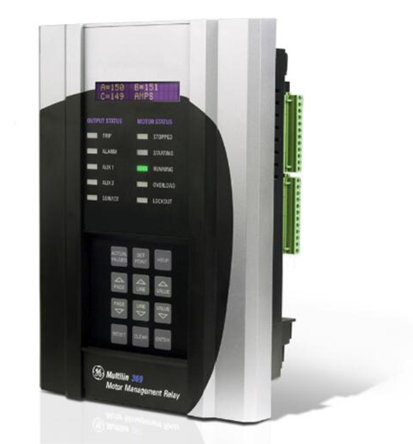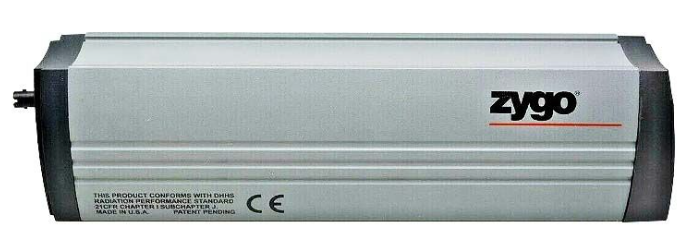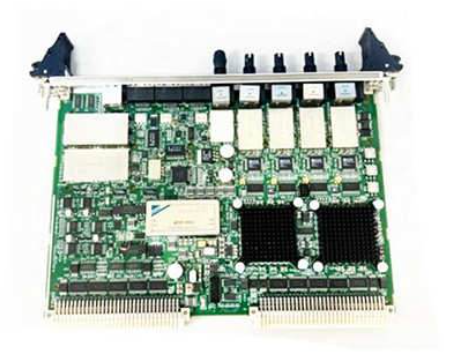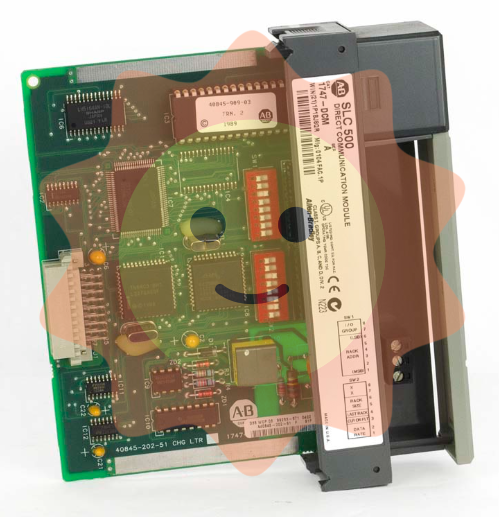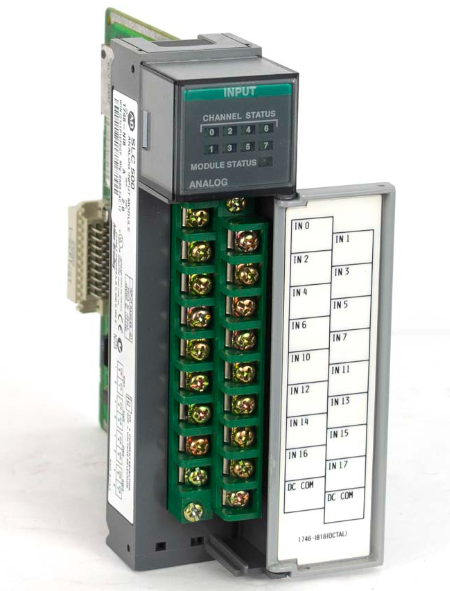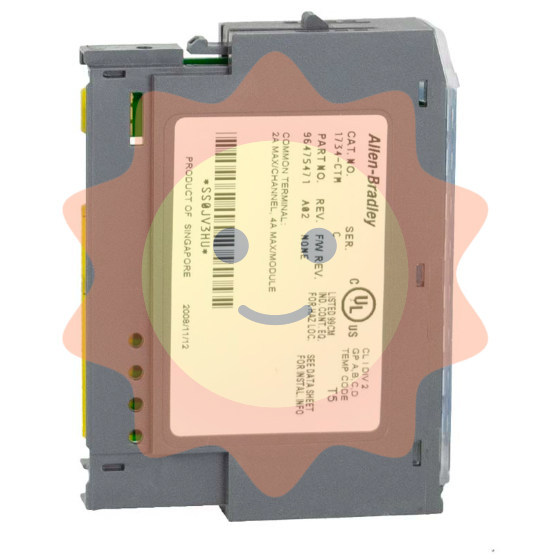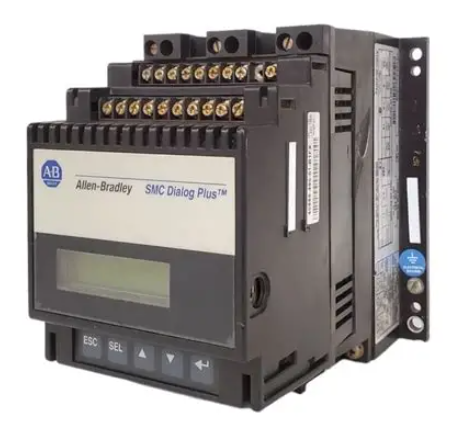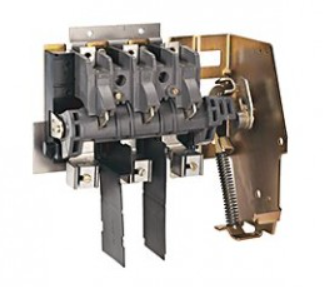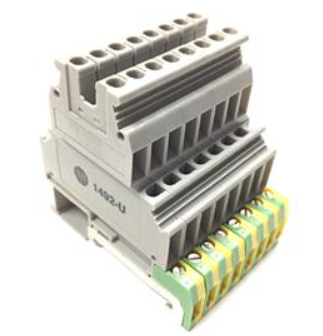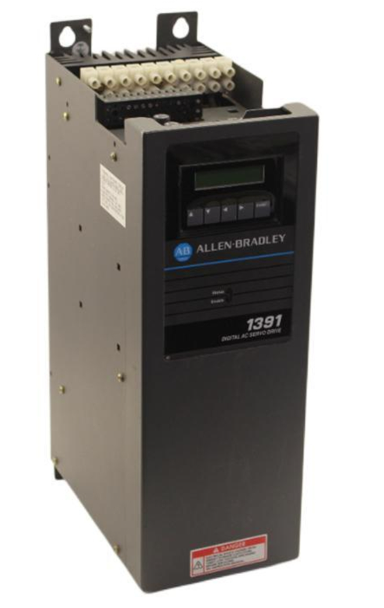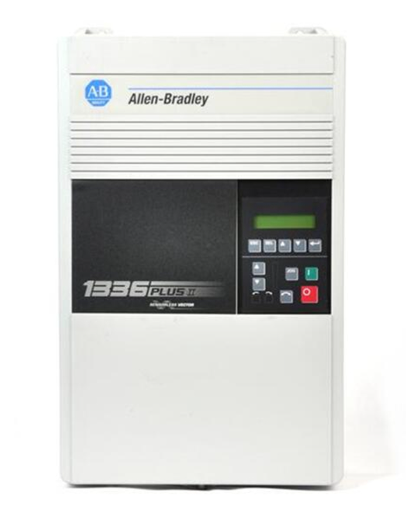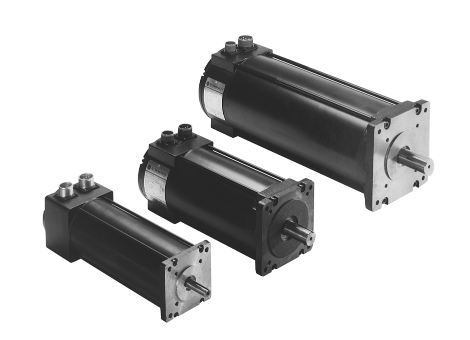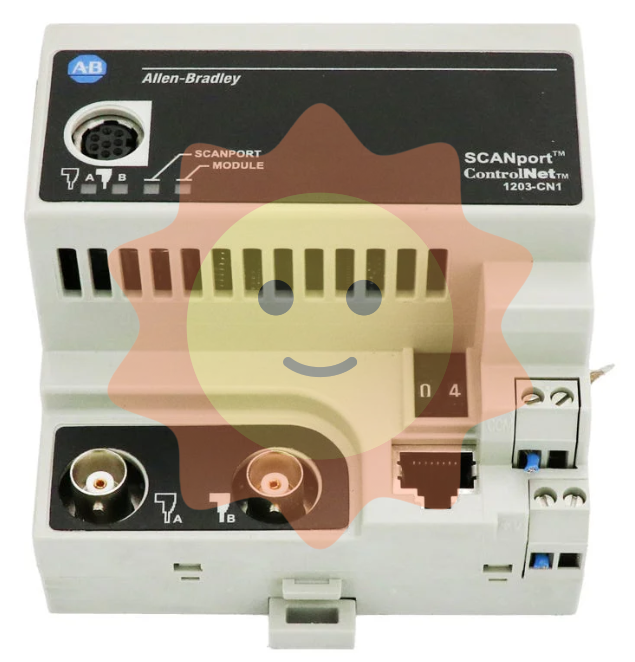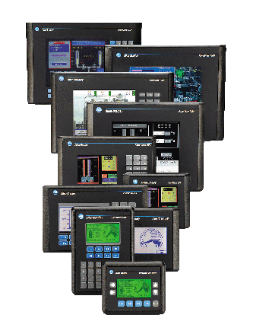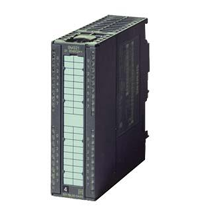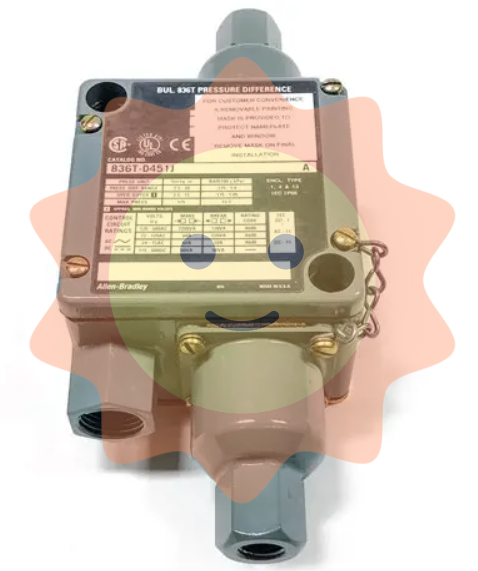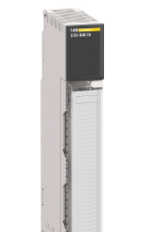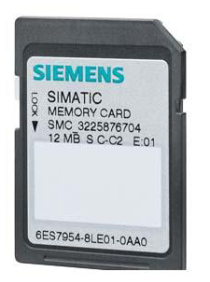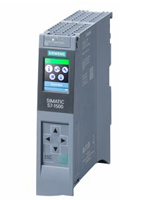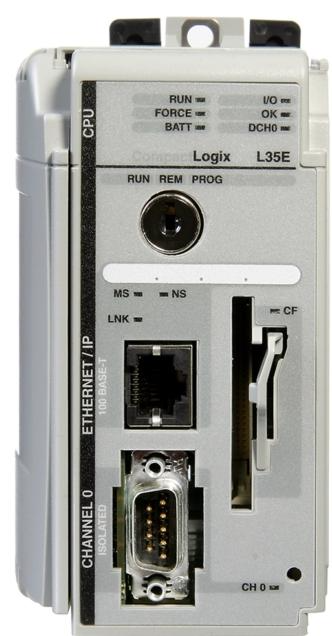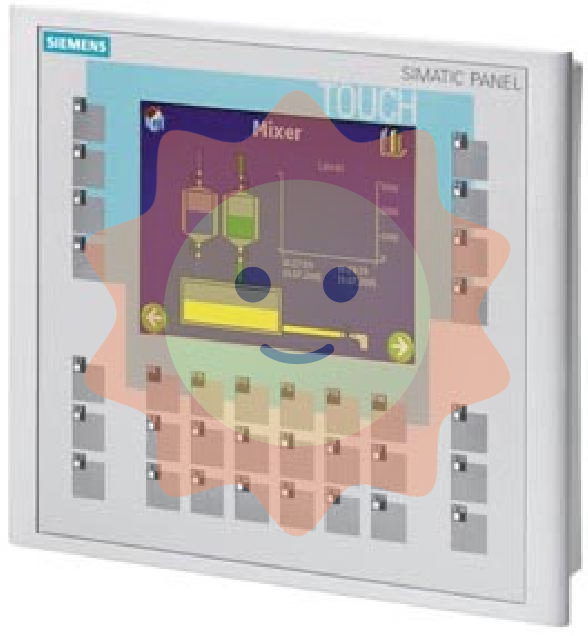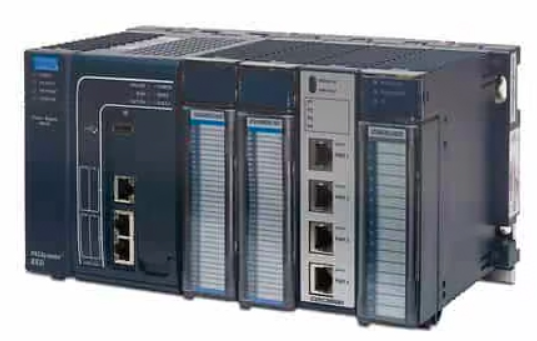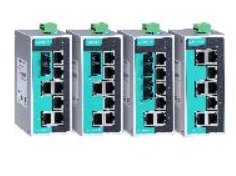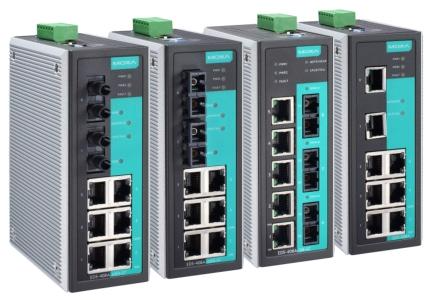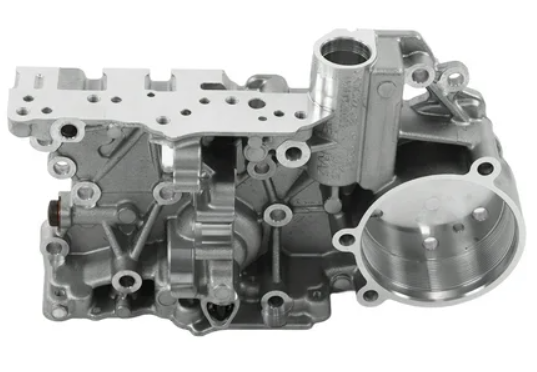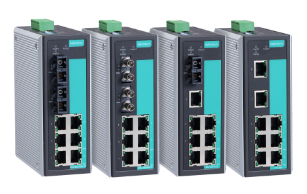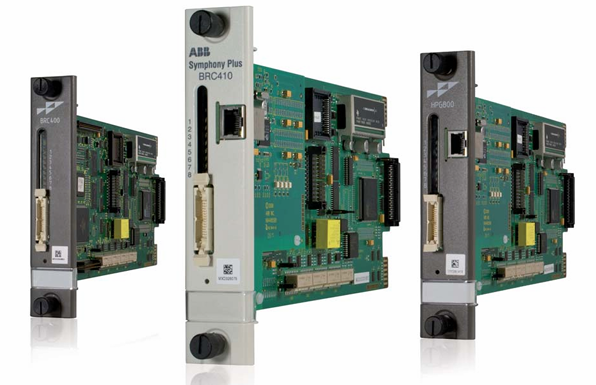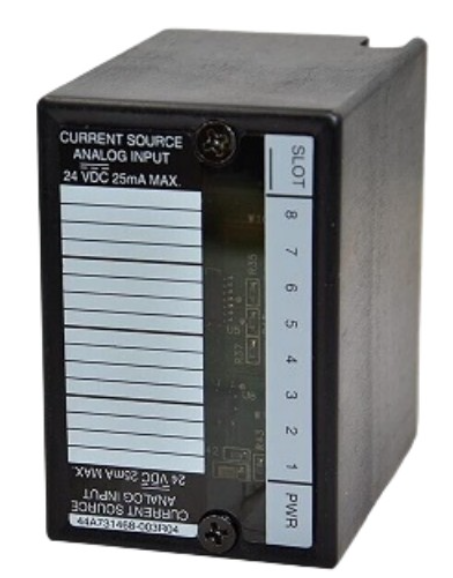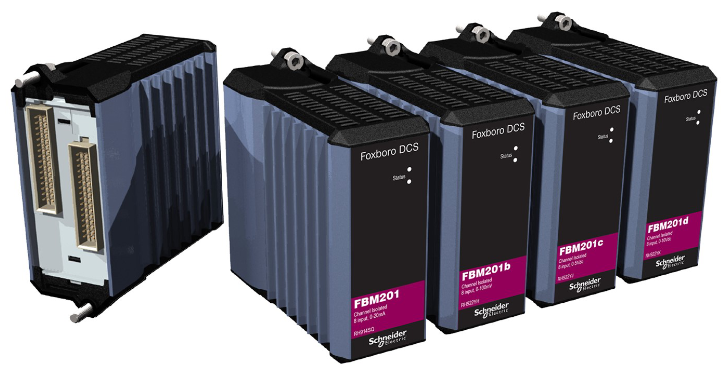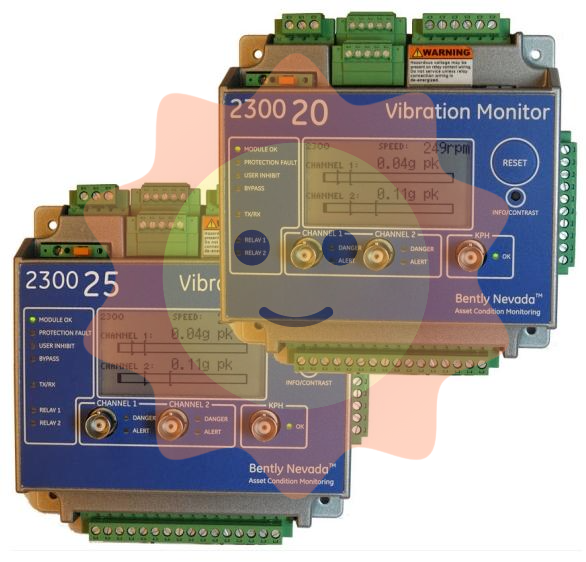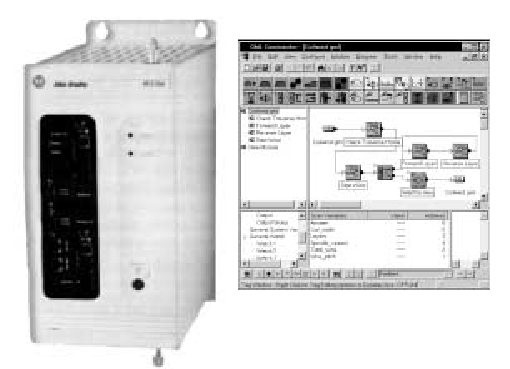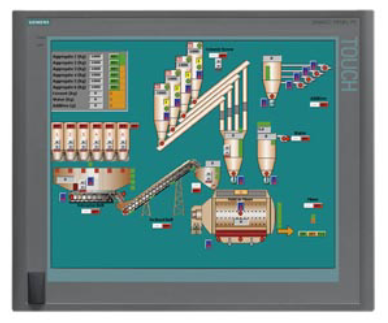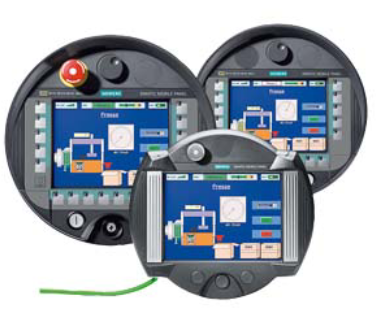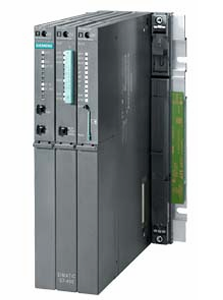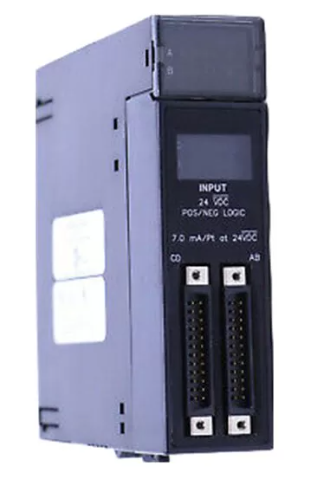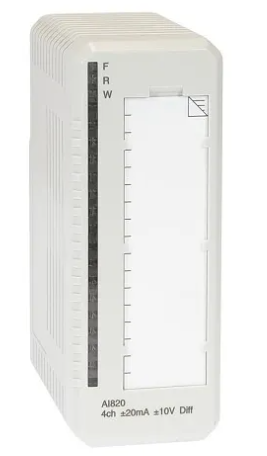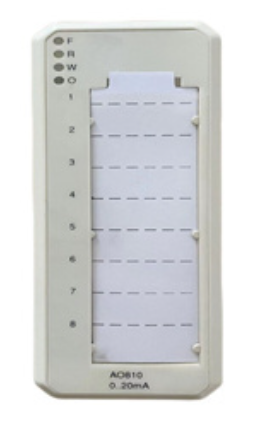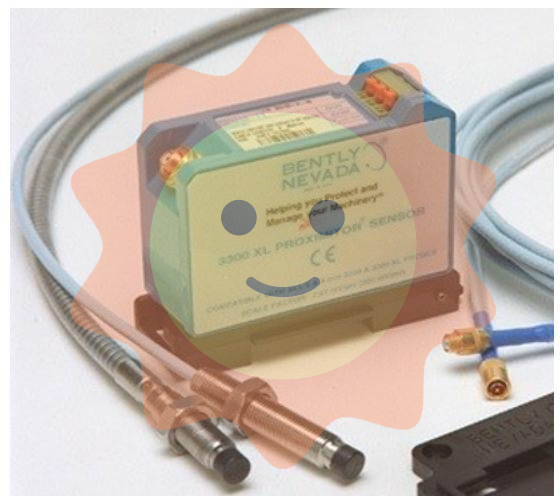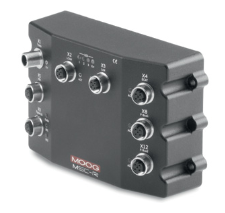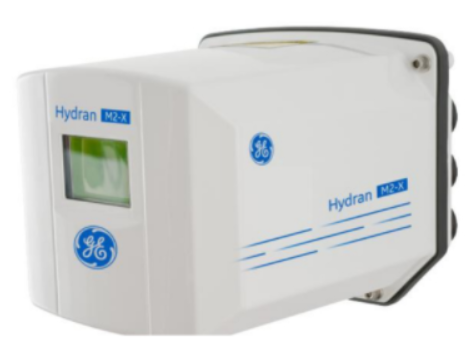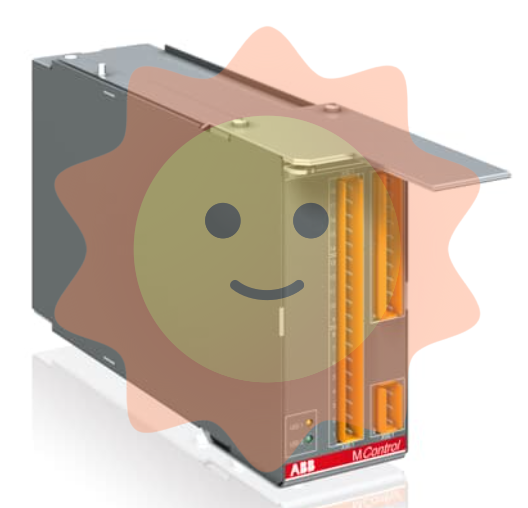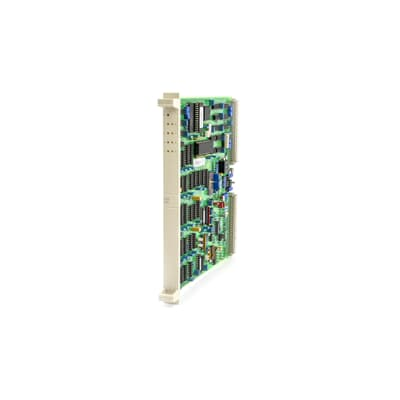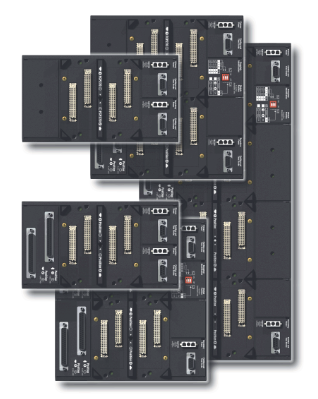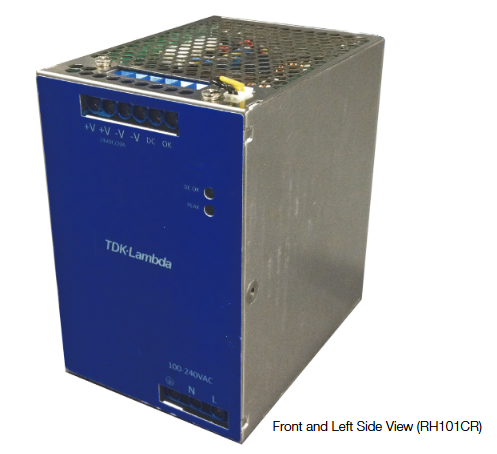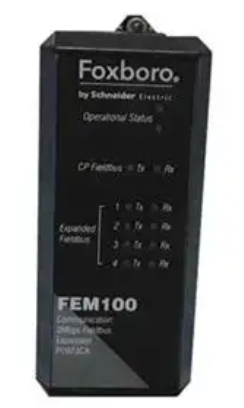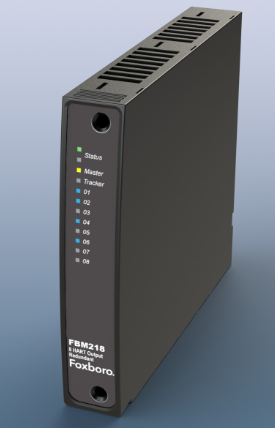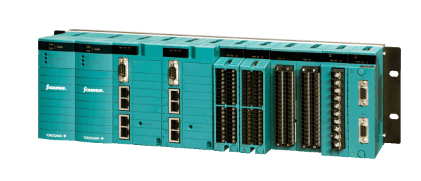GE IC670MDL930 Relay output module
GE IC670MDL930 Relay output module
DESCRIPTION
GE IC670MDL930 is a powerful, stable and widely used relay output module for various industrial automation control systems.
Main features
Output channels: The module has 8 relay output channels, consisting of 6 groups of type A (normally open contacts) and 2 groups of type C (normally open and normally closed contacts).
Contact rated voltage: The rated voltage of each output contact includes 5VDC, 24VDC, 125VDC or 120VAC, 240VAC.
Actual voltage range: 0-130VDC, 0-265VAC at 47-63Hz.
Maximum Load Current: Each module has a maximum load current of 16A.
Isolation: Each channel is fitted with individual isolation with typical isolation ratings between input-to-logic, user input-to-frame ground and group-to-group isolation (250VAC continuous, 1500VAC for 1 minute).
Performance Parameters
Relay Type: Fixed coil, moving armature relay.
Maximum Current Consumption: 313mA (for power-up, drawn from Bus Interface Module power supply).
Response time: Response time for ON and OFF signal transitions is typically 10 ms. When used with inductive loads, the maximum switching frequency for each channel is 20 cycles per minute.
Contact Material: Silver alloy, 2A contact resistance at 0VDC is 1.6 ohms.
Operating life: Mechanical life of contacts is 20 x 105 operations (rated resistive load).
Additional Functions
Fault Reporting: The module provides a fault reporting function for efficient operation.
Indicators: Each output has an LED indicator on the logic side.
Data processing: It has 8-bit discrete output data, which can be processed and used with the bus interface module.
Application Scenarios
GE IC670MDL930 modules are widely used in various industrial environments, especially in automation control systems that require isolated outputs and multiple contact types, due to their high reliability, durability, openness and interoperability, flexibility and scalability, as well as a strong support and service network.
Precautions
Power Requirements: The IC670MDL930 relay output module must be supplied with the power required to energise the relay coils.
External Power Supply: When the module has a large number of connected relay outputs, more power is required. The user must provide an external AC or DC power source for the load which is driven by the contacts.
Types of IO modules
Digital Input/Output Modules
Digital IO modules are used to handle the input and output of binary signals. They can receive and send digital signals and are commonly used to control logic switches, triggers and other digital devices.
Analogue Input/Output Modules
Analogue IO modules are used to process the input and output of continuous type signals. They can receive and send analogue signals and are typically used to measure and control continuity parameters such as temperature, pressure, voltage, etc.
Configuration Input/Output Modules
Configuration IO modules combine digital and analogue functionality to handle different types of input and output signals simultaneously. They typically offer greater flexibility and configurability for applications that require multiple signal types.
Special Function I/O Modules
Special function IO modules are designed and optimised for specific application areas. For example, high-speed data acquisition modules are used for high-speed data transmission and real-time data processing, industrial control IO modules are suitable for factory automation control systems, and security monitoring IO modules are suitable for security systems.
Working Principle of IO Modules
The working principle of IO modules is based on signal conversion and communication technology. They usually consist of input circuit, output circuit, signal conversion circuit and communication interface.
Input Circuit
Input circuits are used to receive signals sent from external devices and convert them into signals that can be read by a computer system or control system. These input circuits usually include filters, amplifiers and analogue-to-digital converters to ensure stable signal transmission and accurate data acquisition.
Output Circuits
Output circuits are used to convert signals generated by a computer system or control system into a form required by an external device. These output circuits typically include digital to analogue converters, current amplifiers, drive circuits etc. to ensure correct signal transmission and accurate execution of operations.

- User name Member Level Quantity Specification Purchase Date
- Satisfaction :
-









Email:wang@kongjiangauto.com









